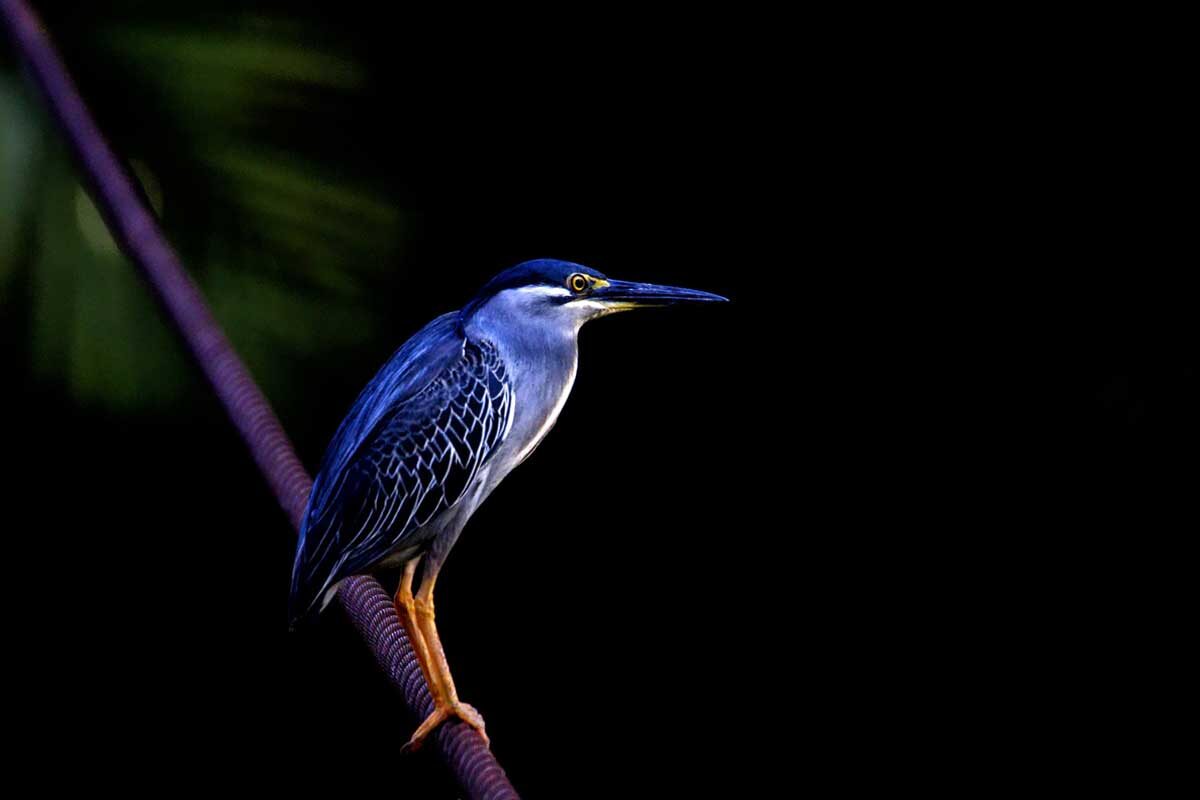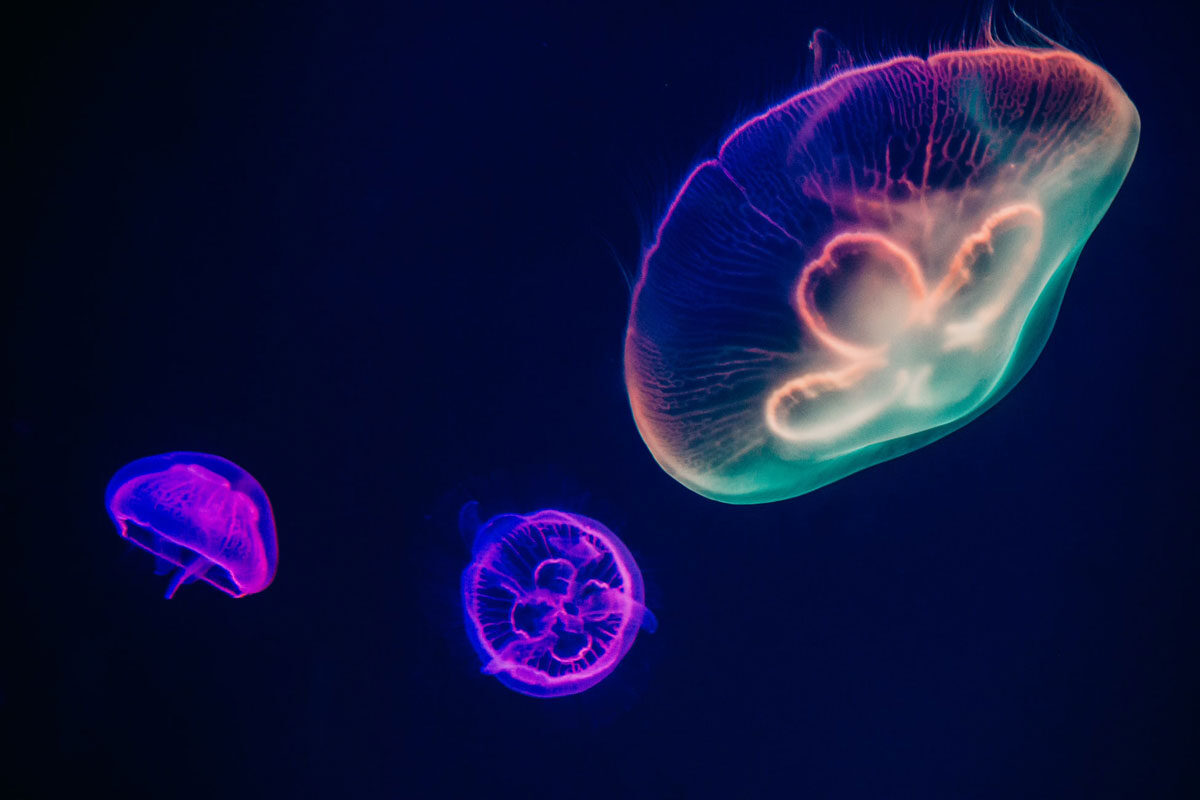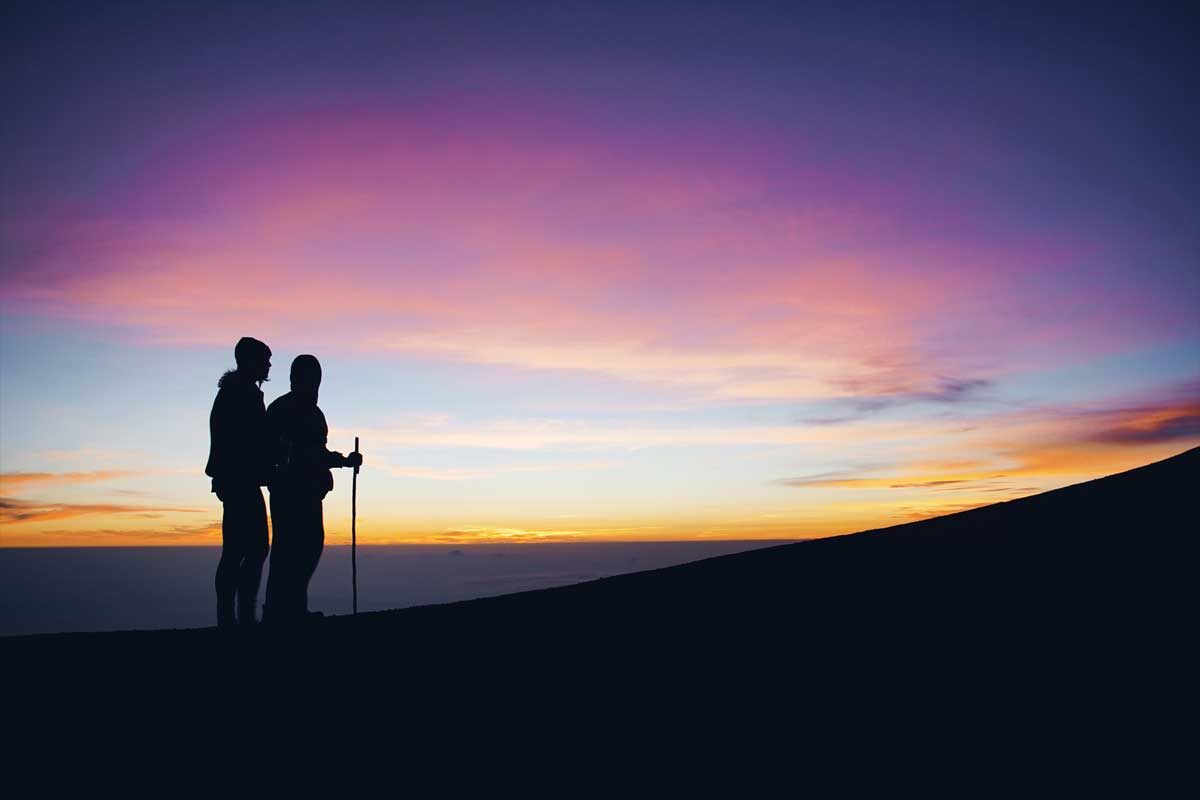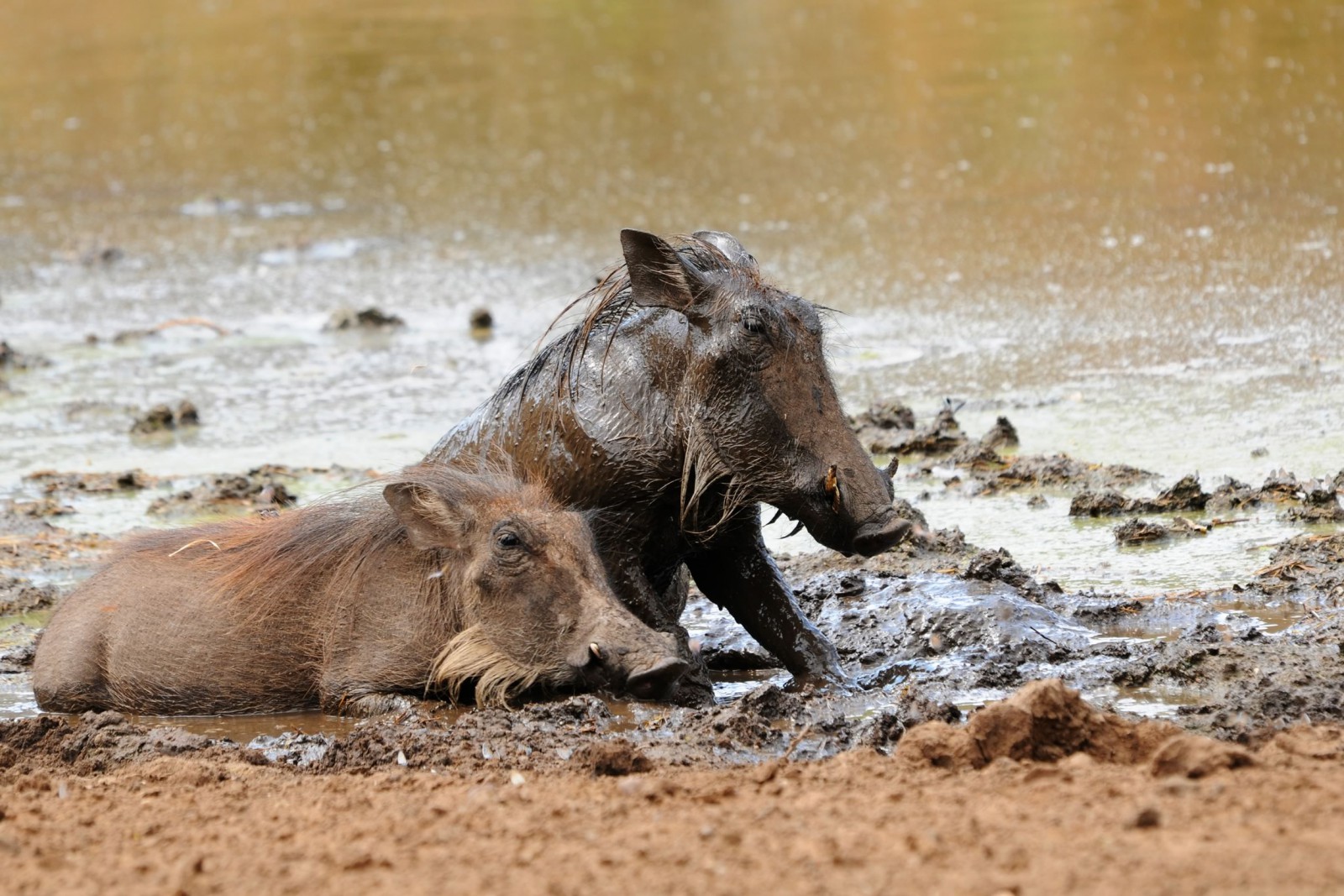
Northern Namibia
Mundulea Bush Camp
Mundulea Bush Camp is a remote, private camp in the Mundulea Nature Reserve, set up by passionate conservationists Bruno and Kate Nebe, who established the reserve in 2001. The Camp has just four traditional safari tents with large porches and comfortable twin beds. The tents are en suite but the bathrooms are located outside with a flush toilet, shower and hand basin. Although rather basic, the tents are are equipped with a lockable storage box, wardrobe, insect spray, bottled water and a torch.
Each tent also has exclusive access to a private hide overlooking the camp’s waterhole that attracts a range of large and small mammals and birds. The main camp building is quite rustic but homely and in keeping with the traditional style of the region. Inside it has locally crafted furniture, a grand dining table built around a large tree trunk and a small seating area next to an open fire pit. There is an extensive library of natural history books relevant to the flora and fauna of the region for guests to browse.
Most activities are undertaken on foot and include natural history walks and the tracking of larger mammals. The walks not only enable guests to see the wildlife of the reserve but are also designed to be educational with insights given into ecology, local history and conservation. The walks do not always result in close up sightings of large mammals but, with such expert guiding, the smaller wildlife and ecology can be better appreciated. Larger mammals of the reserve include eland, kudu, zebra, wildebeest, hartebeest, Damara dik-dik, spotted hyena, leopard, cheetah, caracal and honey badger. The reserve affords excellent birding, and nature walks usually produce interesting sightings of reptiles and insects. With luck, one of the five reintroduced black rhino may be spotted. Although rarely seen, there is an ongoing research project into the African pangolin at the reserve.
Facilities
Private open-air bathrooms, dining room, lounge, library, storage box, private hide, bottled water, insect repellent spray and torch.
Local Wildlife
A good diversity of herbivores includes kudu, eland, zebra, wildebeest, hartebeest, and Damara dik dik and recently reintroduced black-faced impala, giraffe, springbok and black rhino. Carnivores include leopard, cheetah, caracal, serval, honey badger, bat-eared fox, aardwolf, spotted hyena and meerkat. There is prolific bird life and many raptor and owl species can be observed. There is an ongoing pangolin research project in the reserve.
Optional Activities
Nature walks and game drives in the Mundulea Nature Reserve.
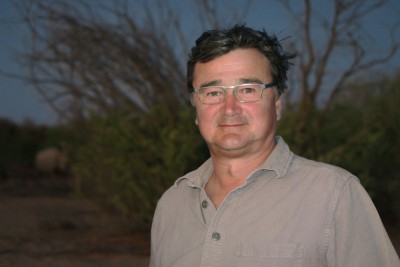
Alan Godwin
Area Specialist
Make sure you arrive with all electrical equipment (including cameras) fully charged, and take spare batteries or a battery-powered charging device, as there is no mains electricity.
If you have any questions regarding our Namibia tours, please feel free to contact me on +44 (0)1803 866965
This was our second visit to Namibia in just over 12 months, with Reef and Rainforest and our seventh consecutive wildlife trip with them. I think that speaks for itself. This year we were particularly keen to try and observe some desert adapted Lions. The Lions found in ‘The Namib Desert’ are genetically identical to those found in the rest of Southern Africa but have adapted to live in one of the harshest environments on earth. They number around 150 and have a huge range, and are rarely seen. They came to prominence in the outstanding documentary film ‘Vanishing Kings’. The best chance of observing members of this subset of Lions is during a stay at Hoanib Skeleton Coast Camp, although sightings cannot be guaranteed and weeks can pass by without any success. Therefore a stay at this camp was at the heart of our itinerary and we were very lucky to spend time with a Lioness and her niece who had killed an Oryx in the conservancy. The camp itself is absolutely outstanding in every respect and the location is just spectacular.
Visitors should be aware that this is not ‘The Serengeti’ and that the wildlife is quite thin on the ground. However you would have to be very unlucky not to see Elephant, Giraffe and several other species. Whilst we were out in the desert we were lucky to bump in to Dr P. Stander who has dedicated the whole of his adult life to the conservation of The Desert Lion, what a thrill. The day trip out to the coast was pretty special as well.
The rest of the itinerary worked very well and we were very pleased to have three full days in Etosha N.P. where we recorded 25 mammal species, including 32 individual Lions, observed the aftermath of 4 zebra kills, 11 Rhinoceros (both Black & White), an African Wildcat and the rarely seen in Etosha, elusive Leopard.
So a big thank you to ALL at Reef and Rainforest, another highly successful trip, you certainly delivered again.

